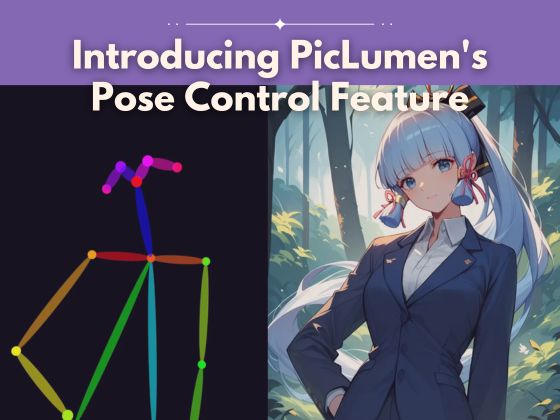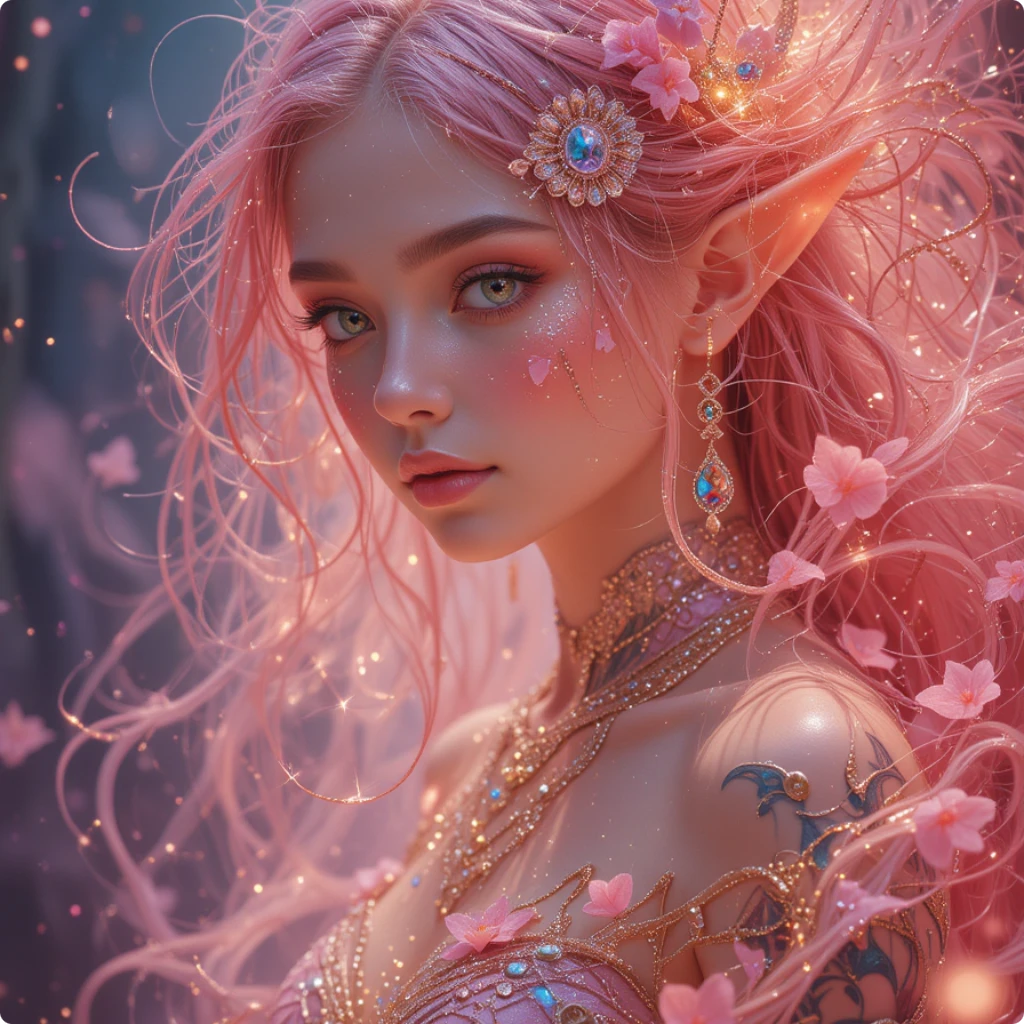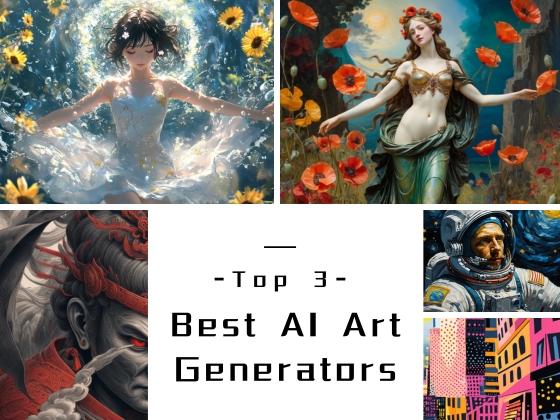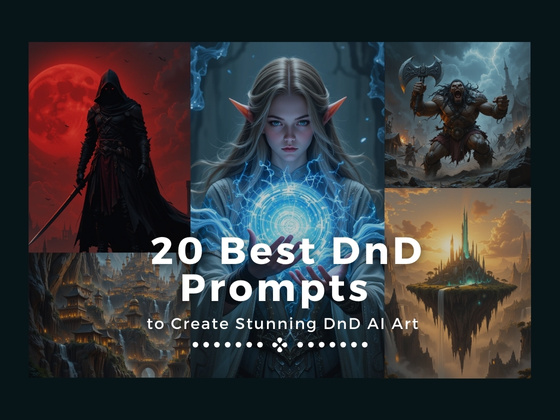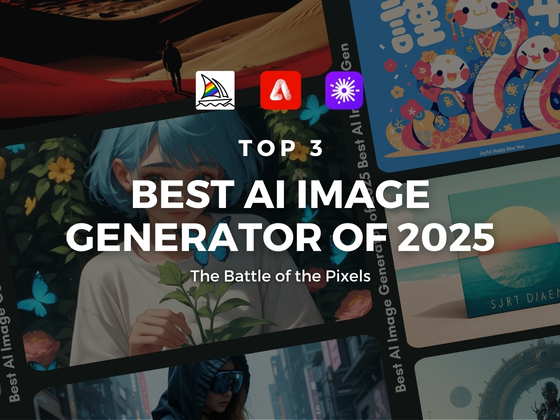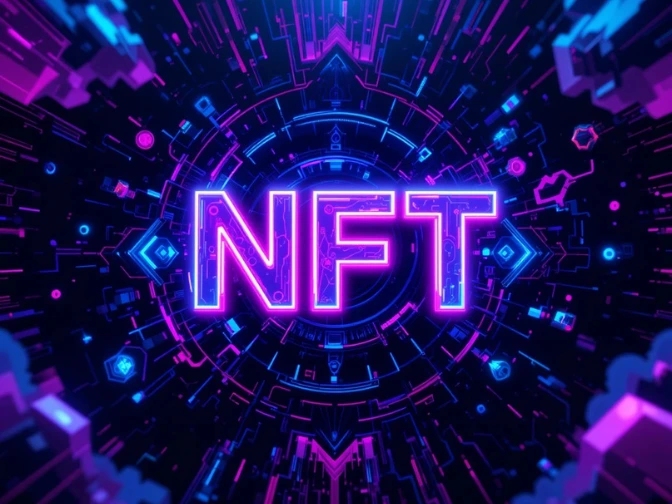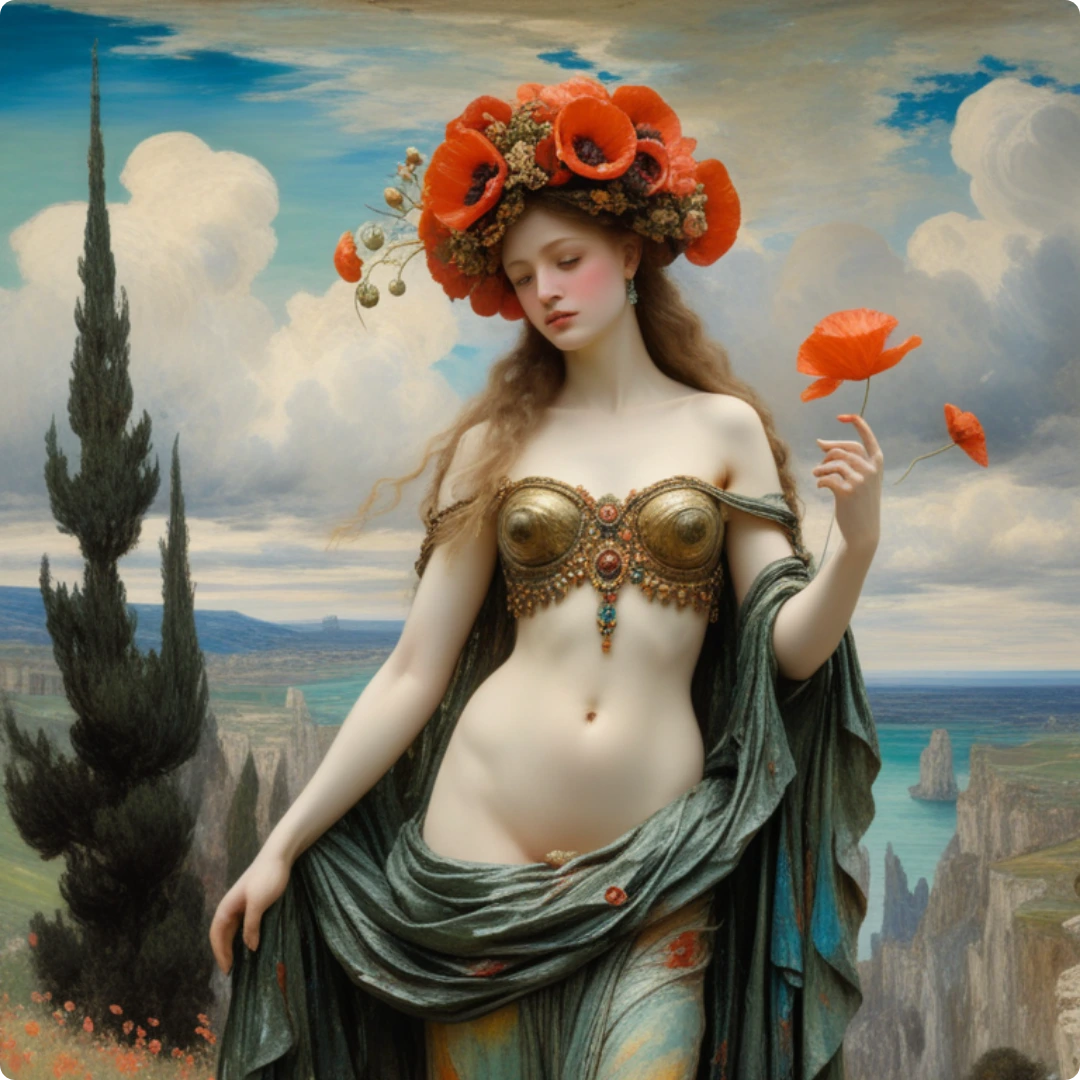In the textile and apparel sectors, fabric pattern design is critical for creating a brand’s personality and appeal. Historically, this technique required a thorough grasp of design concepts and significant human labor. However, with artificial intelligence advances, cloth pattern creation has been transformed, providing designers with creative flexibility and efficiency.
AI can easily customize patterns based on consumer data, creating personalized products that resonate more deeply with individual customers.
AI-powered tools can now build elaborate, high-quality patterns that match specific aesthetic preferences, saving designers substantial time and resources. These technologies are especially useful for quick prototypes and iterations, allowing designers to explore a wider range of concepts without the limitations of traditional approaches.
Furthermore, AI can evaluate trends, anticipate future fashion preferences, and recommend designs consistent with these predictions, providing firms with a competitive advantage.
How to Generate Fabric Patterns using PicLumen
Let’s cut to the chase today. I’ll start by directly explaining how to create with PicLumen.
Step 1. Select generation model.
PicLumen provides four models for users. Based on experience, we recommend a realistic V2 model that better matches the AI pattern art topic.

Step 2. Select the aspect ratio.
Choose the dimensions of your fabric pattern design. PicLumen supports a variety of picture sizes, allowing you to customize your design to meet your individual requirements, whether it’s a little accessory or a large cloth panel.

Besides, you can also choose the number of image, the number of photographs used influences how rapidly graphics are created. It is recommended that you generate two or three images at once if you want the results as quickly as feasible.
Step 3. Input your image prompts.
PicLumen allows you to provide the AI system with traits and specifics about your design pattern, such as colors and textures. If you provide a text prompt to explain your pattern, the AI will develop a design pattern based on your prompts.

–prompt: “fabric pattern, light red, blue,”
There is no limit to how many times this process may be generated. After exploring and creating a range of designs, you may save and contrast them. Perhaps you have a basic design that you like but would like to change slightly. You can continue till you reach the ideal design pattern.
After generating the image, you may continue to optimize it, which is another really useful feature of PicLumen. Select remix to optimize keywords and produce new pictures.
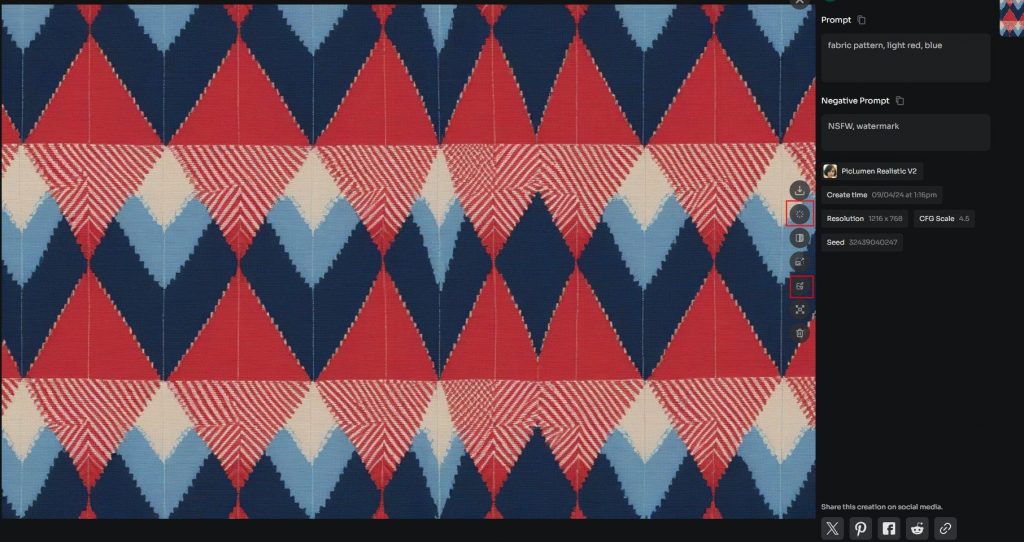
For more tips on usage, you can refer to the PicLumen tutorials.
Tips for AI Fabric Pattern Design
If you want to make your generate patterns more creative and unique, you can try to add more detailed keywords to the prompt words. Here are some examples and ideas to get you started on designing using PicLumen.
- Regarding color, you have a lot of specificity. The majority of AI systems take a text input such as “tartan pattern sky blue and light pink” literally. It’s ideal for getting the required outcome precisely and fast.

- Better generations are possible when you suggest using certain words and adjectives. For example, you can add “jacquard kaleidoscopic pattern” in your prompt, you can get similar style result.

- Get accurate results by typing prompts related to fashion, such as gingham, jacquard, and herringbone, followed by “print” or “pattern” This also applies to terms like striped, geometric, and flowery. Avoid using vague terminology, like “harlequin” (that can refer to the eponymous character) or “damask” (it’s also a city name).
- The following are reference words for fabric materials: yarn, fiber, cotton, satin, corduroy, etc.
Conclusion
Thanks to artificial intelligence design patterns, designers and companies alike now have more options. With the help of tools like PicLumen, designers can easily create intricate, customized patterns, freeing up more time for creativity and reducing the amount of technical details involved in design.
By utilizing AI, you can fulfill customer needs for customization, keep ahead of trends, and expedite your design process while creating seamless patterns that make a lasting impression on the market. PicLumen has the potential to improve significantly any AI design patterns creation process, regardless of experience level.
FAQ
How can AI help in fabric pattern design?
AI helps designers create intricate, customized fabric patterns quickly by automating the process, offering creative flexibility, and reducing manual labor. It can analyze trends, predict fashion preferences, and generate patterns based on specific prompts.
What fabric-related keywords can I use for better pattern generation?
Using specific fabric-related terms such as “gingham print,” “herringbone pattern,” or material names like “satin” and “cotton” will yield more accurate results in PicLumen’s AI system. Avoid vague or ambiguous terms to ensure the output matches your expectations.
